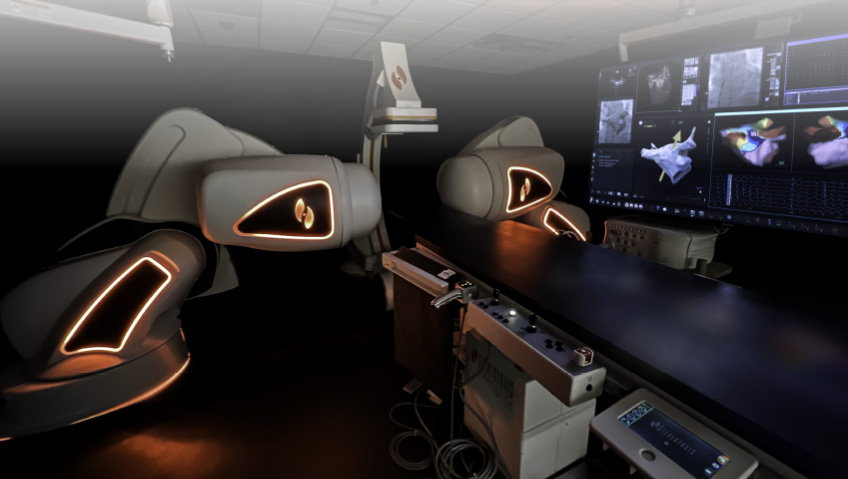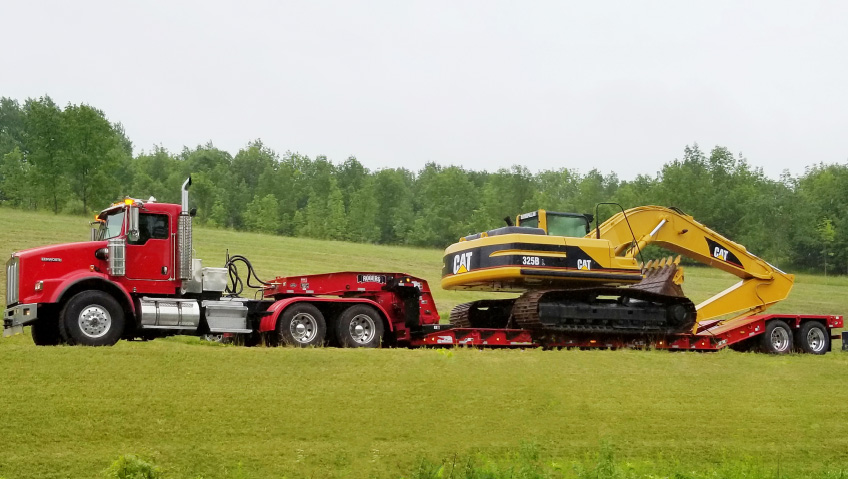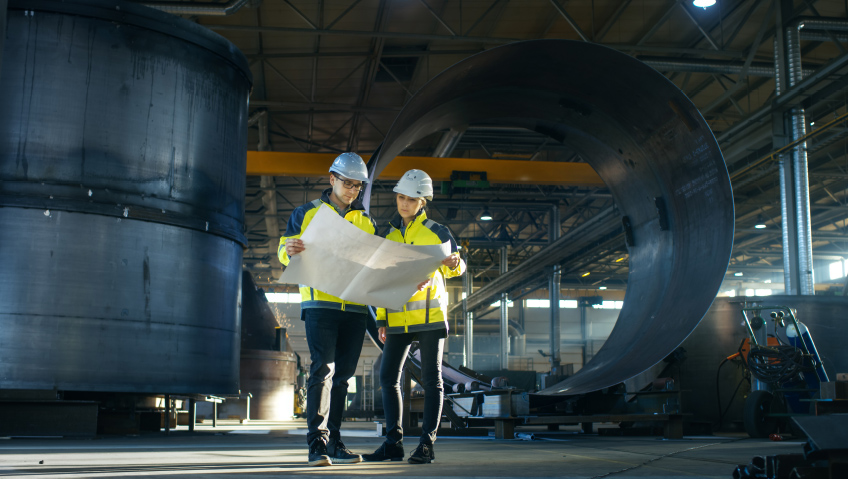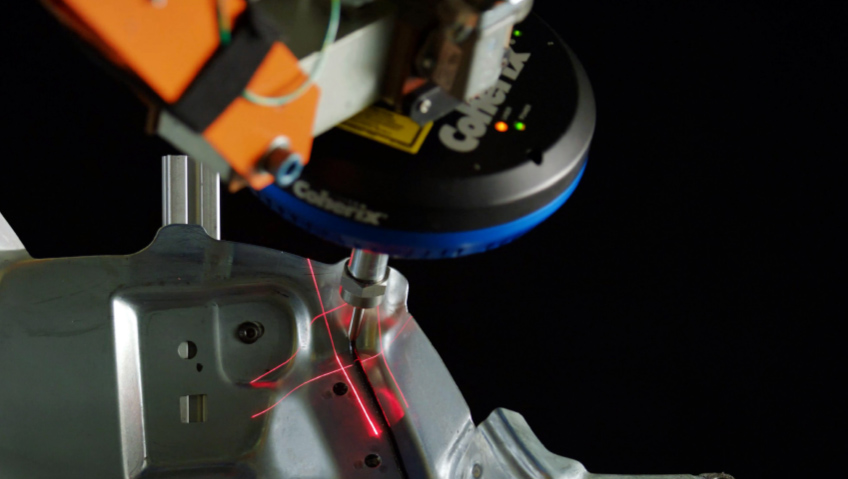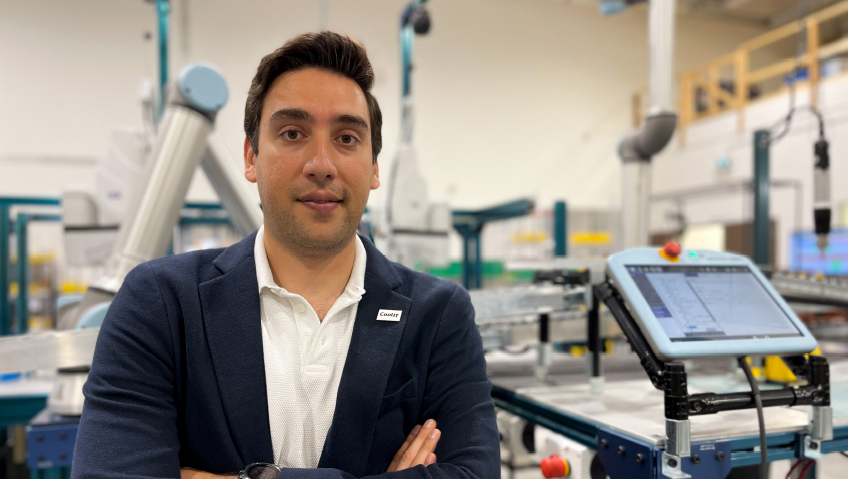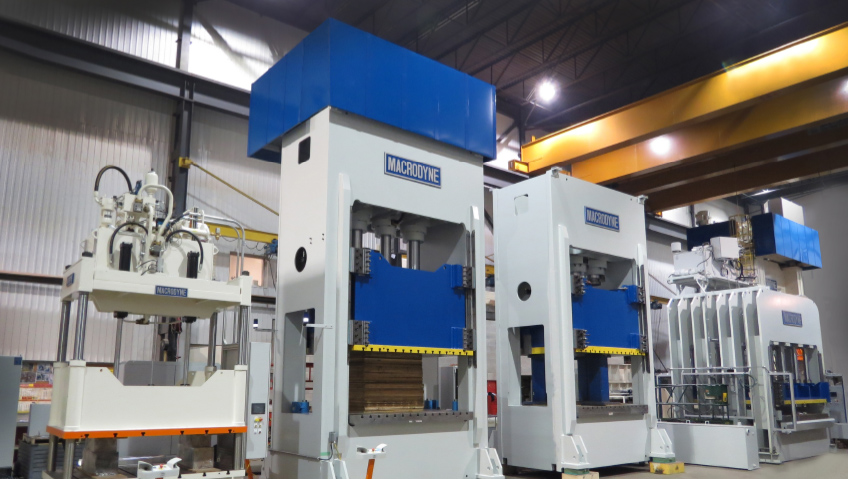At some point in their lives, everyone is expected to undergo a medical procedure, and knowing the physicians in charge have the best tools at their disposal can go a long way to easing anxiety on the operating table. With the goal of developing and providing cutting-edge surgical robotics that improve minimally invasive endovascular intervention, St. Louis, Missouri-based Stereotaxis Inc. is a pioneering company and leading authority.
Designed to provide minimally invasive therapy and to improve productivity, connectivity, and intelligence in the operating room, Robotic Magnetic Navigation (RMN), developed by Stereotaxis, aims to increase surgical precision and safety. To date, more than 140,000 patients have received treatment worldwide via the company’s RMN technology which is changing the face of minimally invasive procedures. The company launched the most recent advancements of its technology with its Genesis RMN system in 2020.
“We’re focused on improving surgery with robotic precision and safety,” says CEO David Fischel. “If you think about surgery from a very broad perspective, it can be categorized into three main categories: open surgery, laparoscopic surgery and endovascular surgery. Endovascular is a large class where you use catheters in the blood vessels of a patient to deliver therapy or do diagnosis in a minimally invasive fashion.”
The challenge with that type of surgery is that while a physician is holding a long, flexible tube or catheter in the body at one end of the tube, the procedure is actually executed at the other end, two or three feet away, which can result in translational mistakes. With Genesis, there is no handheld manipulation; instead highly precise external magnets on robotic arms are used for precise positioning of the catheter. The catheter can be designed with soft plastic to lessen the possibility of heart injury.
“What Stereotaxis did was transform endovascular surgery by using very precisely applied magnetic fields to the tip of a catheter operated from a computer control system, giving physicians direct control of the tip of the catheter,” explains Fischel. “If you have direct control of the tip where the action takes place, you can have millimeter precision, perfect stability, and can move in ways that otherwise would be impossible.”
Because of the delicate anatomy in question, endovascular surgery is challenging, and the Genesis RMN system provides the advantages of robotic safety and precision to cardiac ablation, a minimally invasive treatment for arrhythmias. Arrhythmias, which are abnormal cardiac rhythms caused by the heart beating too rapidly, too slowly, or in an erratic manner, affect tens of millions of people worldwide. Untreated arrhythmias can dramatically raise the risk of abrupt cardiac arrest, heart failure, and stroke.
Doctors must carefully maneuver a catheter through sensitive and vital locations in order to perform cardiac ablation, which involves destroying small patches of tissue to correct arrhythmia. Clinical data using Stereotaxis robotic technology has demonstrated 72 percent fewer medical complications during surgery, six to eight percent improved efficacy, and 35 percent reduced radiation exposure to patients, says Fischel.
The Genesis system can deliver superior ablation because of increased stability and precision in reaching places otherwise impossible. This is in addition to the softer plastic, which buckles rather than pushing through tissue, allowing physicians to concentrate on the therapeutic aspects of the surgery. With Genesis, the company has entirely reinvented the magnets and how they are used, giving patients, doctors, and hospitals distinct advantages in a smaller, lighter, and faster tool. The magnets are held on flexible and rugged robotic arms, greatly increasing the potential range of motion of the system, allowing for wider X-ray angulation and serving as a platform for future innovation.
The entire system is significantly smaller and designed to improve the patient experience while on the operating table, not only providing physicians and nurses with greater access to the patient during the procedure, but increasing space in the labs for an enhanced work environment.
“Twenty years ago, if we would have looked at the initial researchers that were trying to develop the technology and had to assign a probability of success, it probably would have been a very low probability,” says Fischel. “But they ended up making it work and… turned it into reality.”
Now a pioneer and global leader of the reality of robotics in this industry, Stereotaxis is a high-end company but still a “very early player in transforming this kind of surgery. We don’t have any material robotic competitor, but obviously the vast majority of procedures are still done by hand while standing at the patient’s bedside,” explains Fischel.
The first two Genesis units were installed in Arizona and Finland in 2020, at the height of the pandemic, after receiving FDA approval, he adds, and in addition to the RMN unit’s present installed base, seven robots are soon to be installed internationally.
“In broad strokes, we’re spending over 30 percent of our revenue on research and development to advance robotics technology,” says Fischel. “Every time we improve our medical device, with every innovation, we improve patient care and experience during the surgery—but beyond that, we want to make robotics more accessible and affordable at the hospitals. I think it’s so important to improve patient safety in a very meaningful way that allows patients a treatment option who otherwise didn’t have one,” says Fischel.
For hospitals, pricing and accessibility are frequent obstacles. To combat that, Stereotaxis has been developing robots that are more closely integrated with X-ray equipment and are smaller, lighter, and more maneuverable.
One of the challenges for accessibility and affordability is that a robot is a part of a broader construction process that needs to be installed in an operating room lab. This involves an architectural plan and contractors, a real process and not something that can simply deploy into a lab without pre-work. While the Genesis system itself has reduced the size and weight of a robot by approximately 50 percent, making it easier to install in hospitals, Stereotaxis has been working on a next generation system that will be more easily deployable to any hospital, an innovation expected to have a real impact in the next couple of years.
Other aspects of new product innovations include working on a series of interventional tools—endovascular devices that would allow a robot to be used for a broader range of procedures. Beyond treating heart arrhythmias, the system could also be used to treat stroke, peripheral arterial disease, coronary diseases, and other vascular diseases.
The company’s plans for future growth in many ways tie very closely into its new product innovation. This includes its current focus market of electrophysiology—the branch of medicine dealing with the electrical circuitry of the heart—and the gradual taking of additional share in that marketplace.
“While we’re currently less than a one percent player and the standard of care is to do things with hand-held catheters, I think the clinical data for robotics in cardiac ablation procedures to treat heart arrhythmia is very, very positive,” says Fischel. “We have data from hundreds of publications by now and over 140,000 patients have been treated with our technology in that field.”
The overarching question is, how does Stereotaxis transform and improve a field, increasing access to care by introducing advanced robotic technology to a field that’s been doing things in a handheld manner for more than 30 years? Changing medicine is a very slow and gradual process, shares Fischel. “One of our big growth opportunities involves becoming a standard of care in electrophysiology in treating arrhythmias, and that’s a big focus,” he says. “We do a range of things to try to impact that. One is improving the technology and improving product offering, and another is training physicians and training fellows.”
In fact, Stereotaxis has implemented systems at several university hospitals where physicians are being trained in the field of electrophysiology, which is a subset of cardiology focused on these procedures, while also receiving training on the company’s system.
“There’s kind of a multi-pronged effort to grow our share in electrophysiology,” Fischel says. “A second big pillar for how to grow is making robotics much more accessible and affordable, because then you have a broader set of hospitals that can actually work with [us] and can adopt some of the innovations we’re developing.”
A third element is expansion into new clinical applications that increases the company’s target market, allowing the technology to be used more broadly in endovascular surgery. This involves developing the right tools to be used alongside the robot that go in the body and the right interventional devices that allow the ability to address many more clinical specialties.
The fourth pillar, Fischel says, is from a geographic perspective. Stereotaxis has largely been focused on the United States and Europe, where more than 90 percent of its install base exists. However, last year the company entered into a collaboration with China’s leading cardiovascular medical device company to integrate robotics more fully into the Chinese market.
Although still a small company overall, Stereotaxis is the only one focused on advanced robotics in this field, he adds.
“The reason that a medical device company exists is because there are unmet medical needs in the world,” says Fischel. “If we think about ourselves as ultimately patients, every one of us at some point will have some medical issues or maladies. It’s an amazing field to work in and to see how much progress has been made, but at the same time, it is generally very painful being a patient. There’s a lot of work to do as a society to improve that.”

